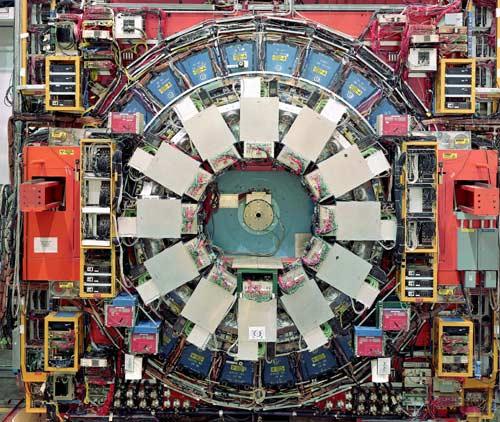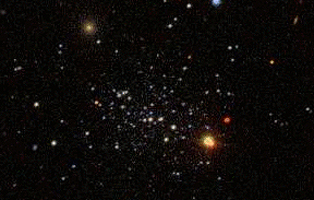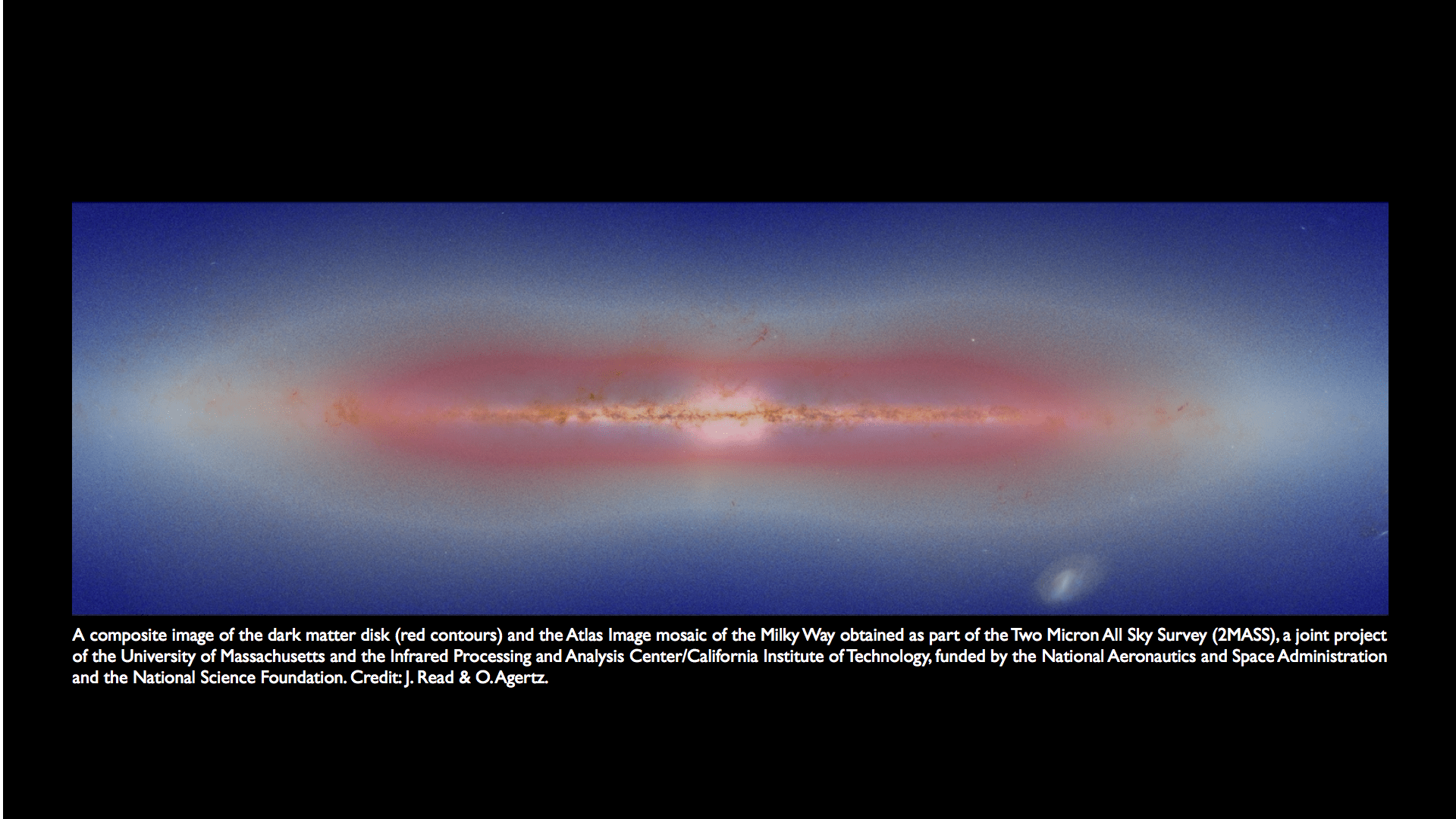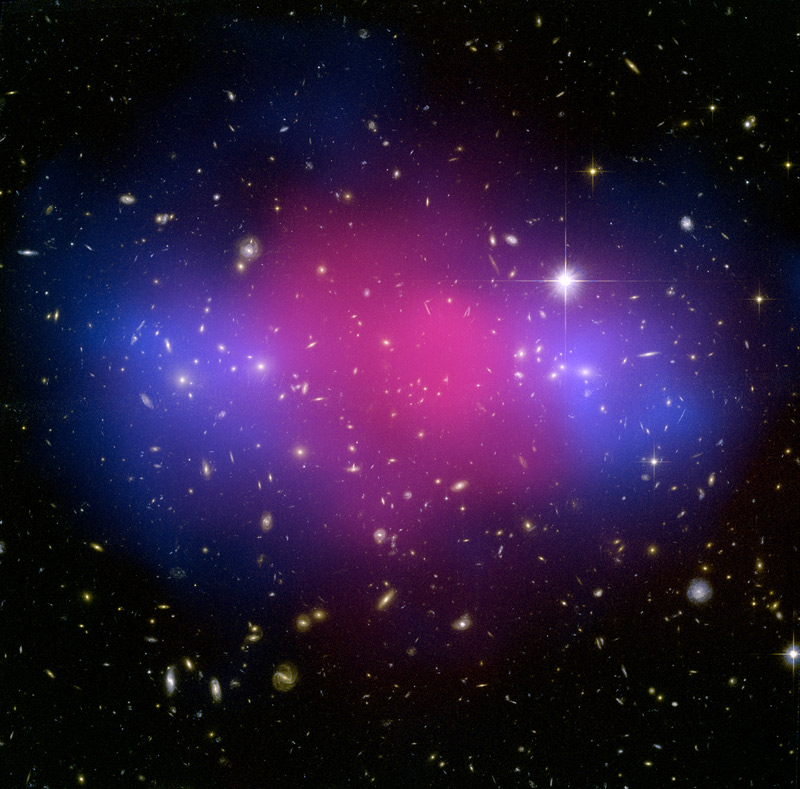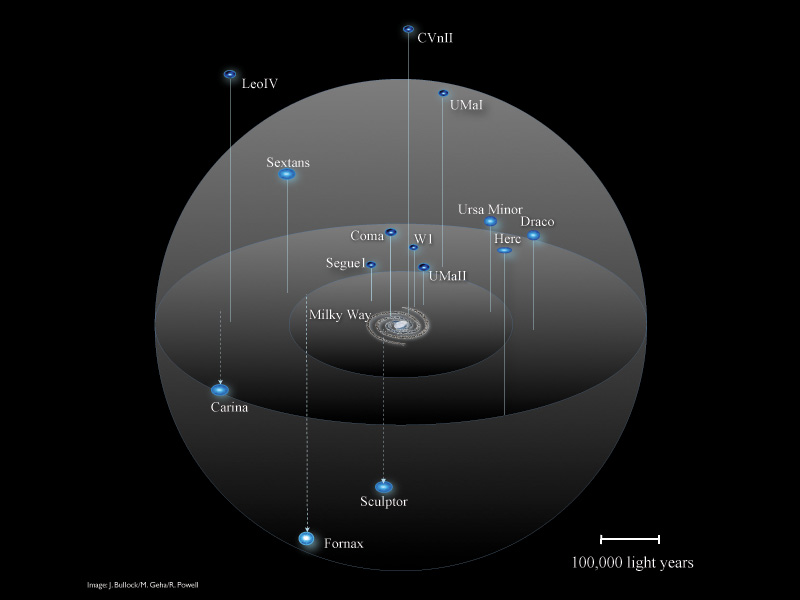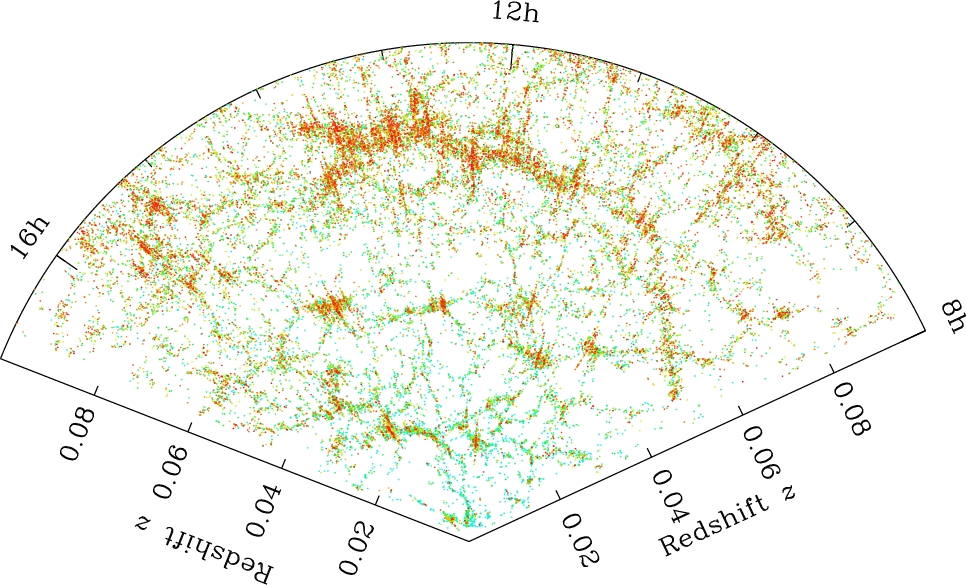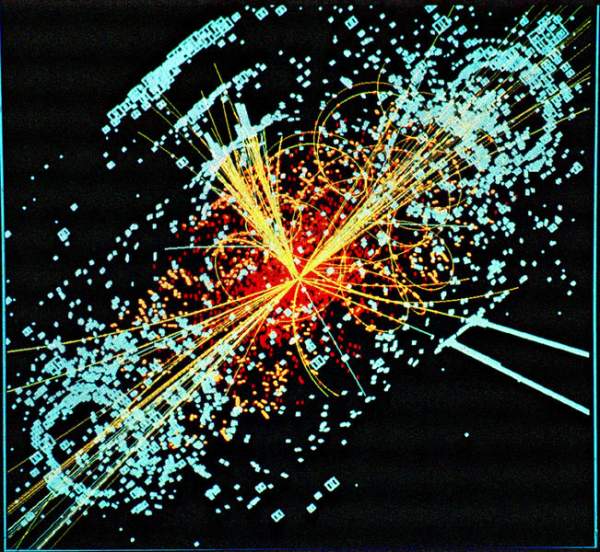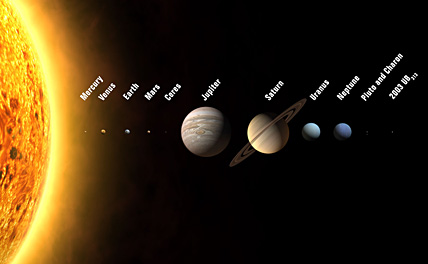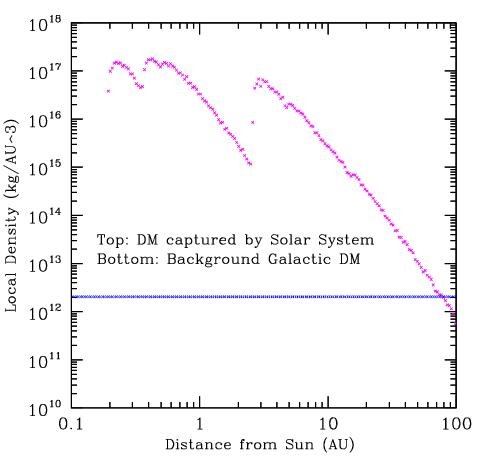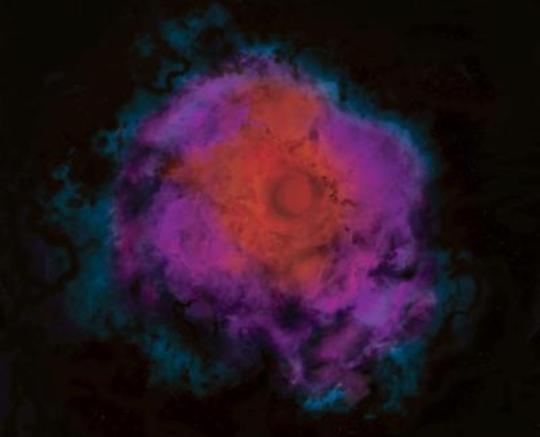[/caption]If you thought any quantum discoveries would have to wait until the Large Hadron Collider (LHC) is switched back on in 2009, you’d be wrong. Just because the LHC represents the next stage in particle accelerator evolution does not mean the world’s established and long-running accelerator facilities have already closed shop and left town. It would appear that the Tevatron particle accelerator at Fermilab in Batavia, Illinois, has discovered…
…something.
Scientists at the Tevatron are reluctant to hail new results from the Collider Detector at Fermilab (CDF) as a “new discovery” as they simply do not know what their results suggest. During collisions between protons and anti-protons, the CDF was monitoring the decay of bottom quarks and bottom anti-quarks into muons. However, CDF scientists uncovered something strange. Too many muons were being generated by the collisions, and muons were popping into existence outside the beam pipe…
The Tevatron was opened in 1983 and is currently the most powerful particle accelerator in the world. It is the only collider that can accelerate protons and anti-protons to 1 TeV energies, but it will be surpassed by the LHC when it finally goes into operation sometime early next year. Once the LHC goes online, the sub-atomic flame will be passed to the European accelerator and the Tevatron will be prepared for decommissioning some time in 2010. But before this powerful facility closes down, it will continue probing matter for a little while yet.
In recent proton collision experiments, scientists using the CDF started seeing something they couldn’t explain with our current understanding of modern physics.
The particle collisions occur inside the 1.5 cm-wide “beam pipe” that collimate the relativistic particle beams and focus them to a point for the collision to occur. After the collision, the resulting spray of particles are detected by the surrounding layers of electronics. However the CDF team detected too many muons being generated after the collision. Plus, muons were being generated inexplicably outside the beam pipe with no tracks detected in the innermost layers of CDF detectors.
CDF spokesperson Jacobo Konigsberg, is keen to emphasise that more investigations need to be done before an explanation can be arrived at. “We haven’t ruled out a mundane explanation for this, and I want to make that very clear,” he said.
However, theorists aren’t so reserved and are very excited about what this could mean to the Standard Model of sub-atomic particles. If the detection of these excess muons does prove to be correct, the “unknown” particle has a lifetime of 20 picoseconds and has the ability to travel 1 cm, through the side of the beam pipe, and then decay into muons.
Dan Hooper, another Fermilab scientist, points out that if this really is a previously unknown particle, it would be a huge discovery. “A centimetre is a long way for most kinds of particles to make it before decaying,” says . “It’s too early to say much about this. That being said, if it turns out that a new ‘long-lived’ particle exists, it would be a very big deal.”
Neal Weiner of New York University agrees with Hooper. “If this is right, it is just incredibly exciting,” he says. “It would be an indication of physics perhaps even more interesting than we have been guessing beforehand.”
Particle accelerators have a long history of producing unexpected results, perhaps this could be an indicator of a particle that has previously been overlooked, or more interestingly, not predicted. Naturally, scientists are quick to postulate that dark matter might be behind all this.
Weiner, with colleague Nima Arkani-Hamed, have formulated a model that predicts the existence of dark matter particles in the Universe. In their theory, dark matter particles interact among themselves via force-carrying particles of a mass of approximately 1 GeV. The CDF muons generated outside the beam pipe have been calculated to be produced by an “unknown” decaying parent particle with a mass of approximately 1 GeV.
The comparison is striking, but Weiner is quick to point out that more work is needed before the CDF results can be linked with dark matter. “We are trying to figure that out,” he said. “But I would be excited by the CDF data regardless.”
Perhaps we don’t have to wait for the LHC, some new physics may be uncovered before the brand new CERN accelerator is even repaired…
Source: New Scientist

